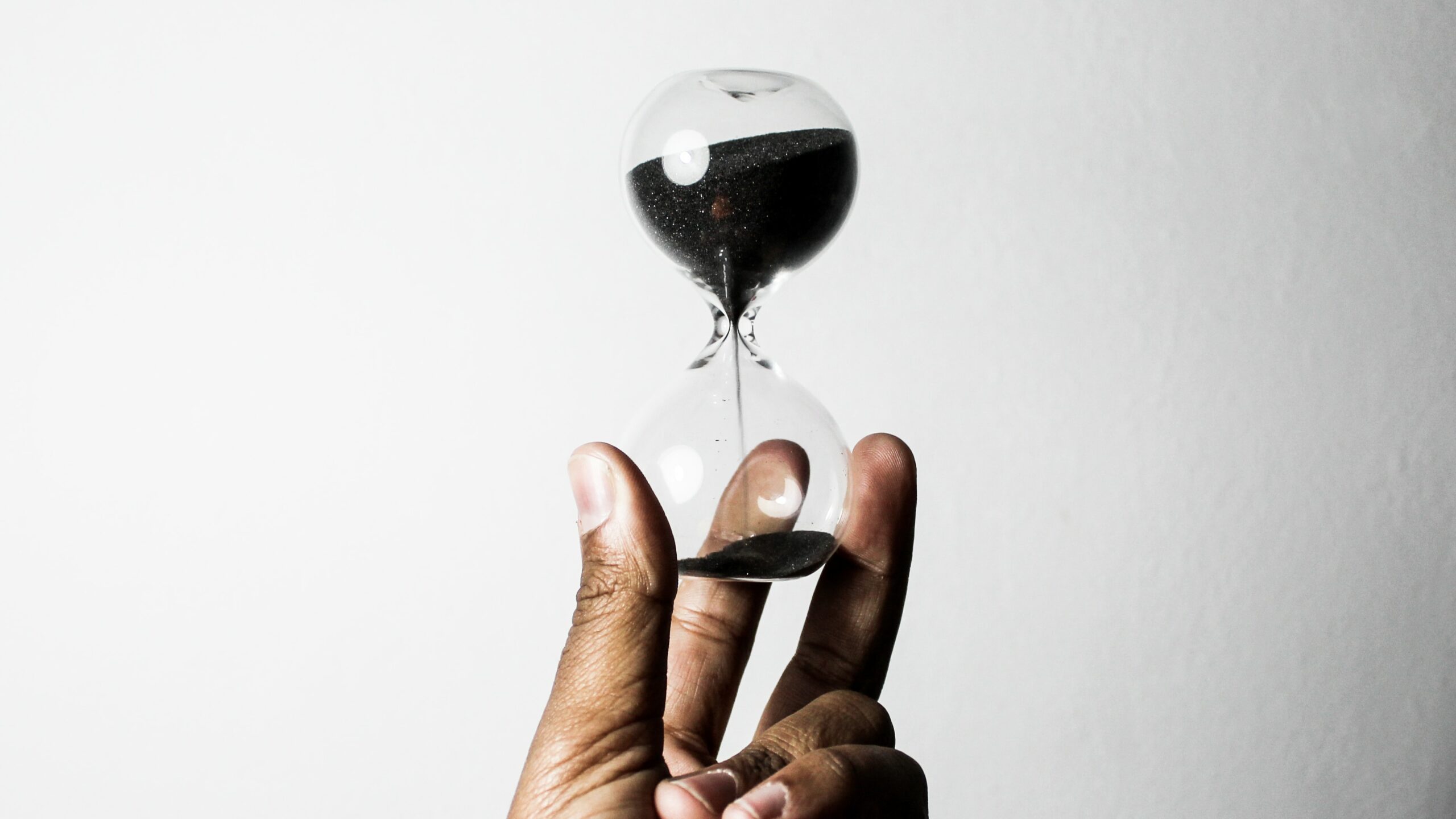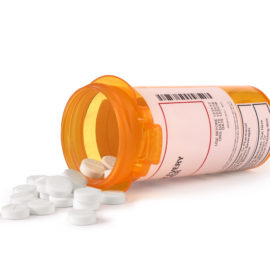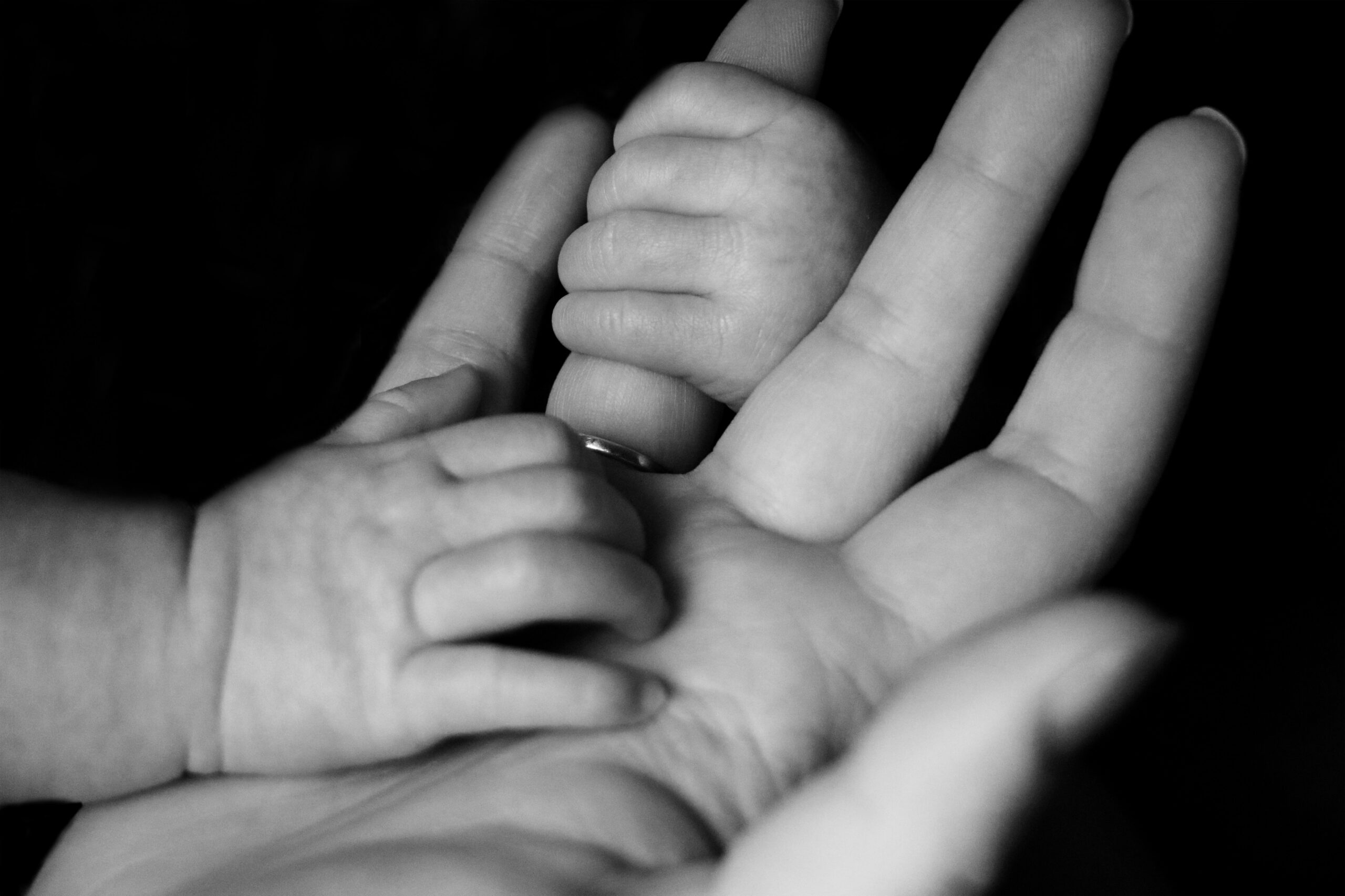CDC (Centers for Disease Control and Prevention) reports that 1.8% of U.S. adults have chronic liver disease. Many liver conditions are manageable, though, and some can even be reversed with the appropriate interventions.
The human liver has a natural capacity for healing and regeneration. As the liver undergoes the healing process, it can trigger beneficial changes throughout the body. These transformations may involve signs that your liver is healing like digestive system functionality, improvements in skin health and texture, increased mental clarity, and a noticeable boost in overall energy levels.
Read on to learn more about the following issues:
- Liver recovery time: how fast does your liver heal?
- What are common signs your fatty liver is healing?
- Can the liver repair itself?
- How to connect with alcohol addiction treatment in California.
Get Help Staying Sober
Signs of a Healing Liver
How do you know if your liver is healing, then? Liver healing can yield several significant improvements in various aspects of your overall health. Here are five notable benefits that can result from the liver regeneration and repair of the liver:
1) Reduced brain fog
When the liver functions inadequately, toxins can accumulate in your body, leading to a clouding of the mind and difficulty concentrating, commonly known as brain fog. Liver healing can enhance your cognitive abilities, allowing for improved focus and memory.
2) Increased energy
Impaired liver function can adversely affect your metabolism, resulting in feelings of persistent fatigue and sluggishness. A surge in energy levels, leading to increased vitality and alertness, is one of the primary signs that your liver is healing.
3) Reduced pain
Liver inflammation is often accompanied by discomfort and pain. As the liver undergoes the healing process, inflammation can diminish, leading to a decrease in pain and discomfort.
4) Stabilized weight
The liver plays a central role in regulating metabolism, and its dysfunction can disrupt the body’s weight management mechanisms. Individuals with liver disease may experience nutritional deficiencies and unintentional weight gain. As the liver heals, though, weight management can become more manageable.
5) Restored skin and eye color
Liver malfunction can lead to the accumulation of toxins in the body, resulting in jaundice, a condition that causes yellowing of the skin and the whites of the eyes. The healing of the liver can reverse this discoloration, restoring the natural coloration of the skin and eyes.
So how long does the liver take to heal?
How Long Does it Take to Heal Your Liver?
Now that you are aware of some signs liver is healing, how long does the process take? The duration hinges on several factors, including the extent of the damage, overall health, and adherence to treatment and lifestyle changes. In general, minor liver damage may take a few weeks to heal, while more severe cases could require several months or even longer. Consult with a healthcare provider to develop a personalized plan for monitoring and supporting the healing process.
Does Your Liver Hurt When It’s Healing?
While the liver itself does not possess pain receptors, discomfort or pain in the abdominal area may manifest during the healing process. When the liver is in the process of healing, it may go through a phase where it reduces in size, causing the surrounding liver capsule to stretch, resulting in a dull ache or discomfort.
That said, it’s vital to differentiate between normal discomfort during the healing process and potential signs of complications. If you experience persistent or severe pain, it could be indicative of an underlying issue that requires medical attention. Monitoring any discomfort and promptly reporting it to your healthcare provider will ensure proper management of the healing process and the prevention of any potential complications.
Beyond this, pain associated with liver damage might be linked to other factors, such as inflammation, infection, or the presence of gallstones. This means that you should consult a healthcare professional to evaluate the nature of the pain and determine whether it is a typical part of the healing process or if it suggests the need for further investigation or treatment.
Now let’s learn how to heal your liver.
Understanding Cirrhosis and Fatty Liver Disease
Cirrhosis and fatty liver disease are serious conditions that commonly affect the liver when fat builds up due to excessive alcohol consumption or obesity. Over time, this can lead to inflammation and scarring, known as cirrhosis. Cirrhosis is a progressive disease where healthy liver tissue is replaced by scar tissue, which impedes liver function.
- Cirrhosis: Cirrhosis is a late stage of scarring (fibrosis) of the liver caused by many forms of liver diseases and conditions, such as hepatitis and chronic alcoholism, leading to loss of liver function.
- Fatty Liver Disease: Fatty liver disease is a condition in which fat builds up in your liver, often due to obesity, diabetes, or excessive alcohol consumption, potentially leading to liver inflammation and scarring over time.
While fatty liver disease can be reversed, once Cirrhosis forms the scarring is permanent, and intervention through early diagnosis and treatment is critical.
Both conditions can lead to liver failure if left untreated. Symptoms include fatigue, abdominal pain, and jaundice. Diagnosis typically involves blood tests, imaging, and sometimes a liver biopsy. Treatment focuses on addressing underlying causes, such as weight loss and alcohol cessation, to prevent further damage and improve liver health.
Healing Liver Damage
Healing liver damage involves a complex physiological process that can occur naturally over time or through medical intervention. The liver is a resilient organ with the remarkable ability to regenerate and repair itself, even after sustaining significant injury or damage. However, the extent of the healing process and the recovery period can vary depending on the severity and type of liver damage, as well as individual health factors.
- Regeneration: The liver has a unique capacity to regenerate itself, where damaged tissues are replaced with new, healthy liver cells. This regeneration process can help restore the liver to its normal structure and function, enabling it to resume its roles in metabolism, detoxification, and the production of essential proteins.
- Inflammation reduction: Liver damage often leads to inflammation, which can further exacerbate the injury and impede the healing process. The reduction of inflammation is a critical step in allowing the liver to heal effectively. Medications and lifestyle modifications may be recommended to control inflammation and promote healing.
- Elimination of toxins: Detoxification is a primary function of the liver, and during the healing process, the organ works to eliminate accumulated toxins and waste products from the body. By clearing out harmful substances, the liver can create a healthier internal environment conducive to healing.
- Repair of scar tissue: In cases of severe liver damage like cirrhosis, scar tissue can develop, leading to impaired liver function. The healing process involves the gradual repair and replacement of scar tissue with functional liver cells, allowing the liver to regain its normal structure and enhance its capacity to perform essential physiological functions.
- Diet and lifestyle changes: Supporting the healing process often involves adopting a liver-friendly diet, rich in nutrients and antioxidants, and avoiding substances that can burden the liver, such as alcohol and certain medications. Regular exercise and maintaining a healthy weight also play a crucial role in promoting liver health and facilitating the recovery process.
Work closely with a healthcare provider to monitor the progress of liver healing, manage any underlying conditions contributing to liver damage, and make informed decisions about lifestyle modifications and treatment options. Regular medical check-ups and adherence to the recommended treatment plan can significantly aid in the successful healing of the liver and the restoration of its optimal function.
FAQs
How long does it take your liver to heal?
The liver is a resilient organ and can begin to heal within weeks to months with the right treatment and lifestyle changes.
How long does it take for your liver to regenerate?
The liver can take several weeks to months for the liver to fully regenerate after injury.
What are the signs your liver is struggling?
Signs of a struggling liver include fatigue, yellowing of the skin or eyes (jaundice), swelling in the abdomen, dark urine, and pale stools.
What are the signs of liver detox working?
Signs that a liver detox is working include increased energy, improved digestion, clearer skin, and a greater sense of well-being.
Can cirrhosis be reversed?
Cirrhosis is a late stage of liver scarring and is usually irreversible. However, early diagnosis and treatment can help slow or stop the progression of the disease and improve liver function.
Get Treatment for Alcohol Addiction at Gratitude Lodge
Alcohol use disorder is a chronic and incurable condition, but it is also treatable. We can help you with this at Gratitude Lodge in Long Beach and Newport Beach, CA. We offer comprehensive inpatient treatment programs at our inclusive and welcoming pet-friendly treatment centers.
Begin your recovery with a clinical detox, accessing continuous care and FDA-approved medications to streamline alcohol withdrawal. During ongoing inpatient treatment, expect to engage with the following therapies:
- Holistic therapies
- Psychotherapies
- Individual counseling
- Group therapy
- Family therapy
- MAT (medication-assisted treatment)
- Aftercare support
Alcohol addiction does not need to define you. Call 800-994-2184 to initiate a full recovery.






























